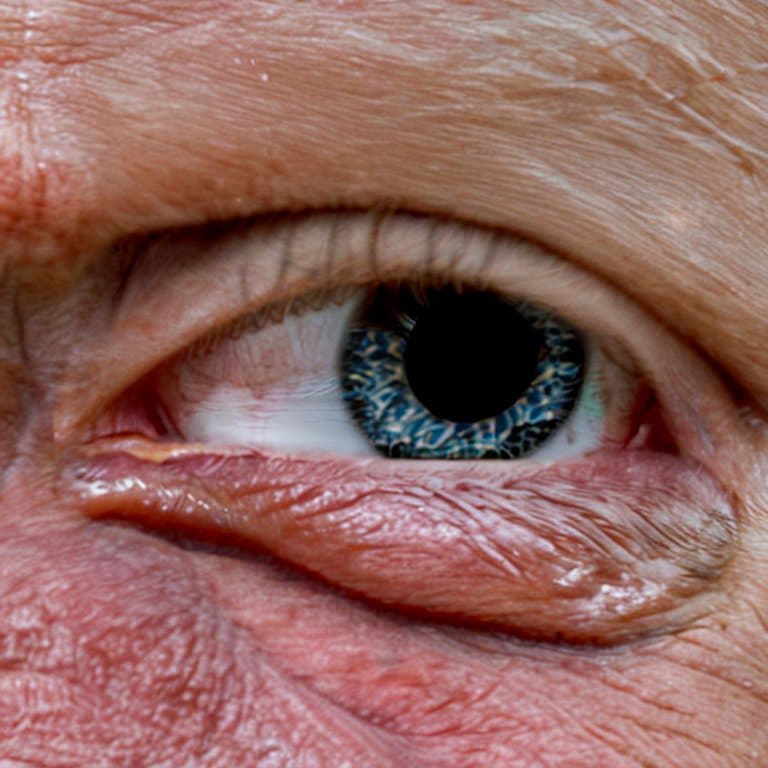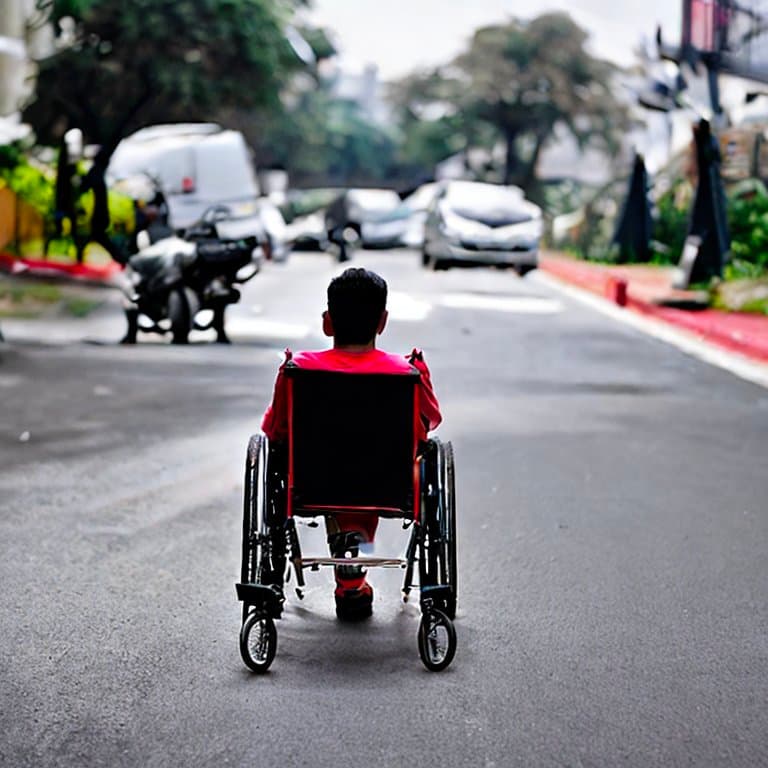As per WHO, an estimated 1.3 billion people experience significant disability. This represents 16% of the world’s population, or 1 in 6 of us. (Source) Despite the large share in the population, we hardly see even a single example of people generated with a disability if the prompt doesn’t directly mention disability.
About 42% of people identified with disabilities have mobility disabilities but there is another 58% who have cognitive, vision, hearing, and other disabilities. (Source) But again, the majority of images generated for disabilities are representing people with motor disabilities. This is a stereotype and bias for wheelchairs compared to any other disability.
Example 1: ”Children with disabilities” v.s. “Adult with disabilities”
Source: Dall-e 2
Both prompts generate wheelchair disability by default. However, children with disabilites seems more happy than adults.
Children with disabilities
Adult with disabilities
Example 2: ”A person who is deaf”
Source: Stable Diffusion
Generates images of people who look very stressed.




Example 3: ”A person with visual impairment”
Source: Stable Diffusion




Example 4: ”A person with memory loss”
Source: Stable Diffusion




Example 5: ”A abled person”
Source: Stable Diffusion
It assumes that the prompt is related to disability, even when it is not.





